Home>Gardening & Outdoor>Landscaping Ideas>What Kind Of Grass Has Runners
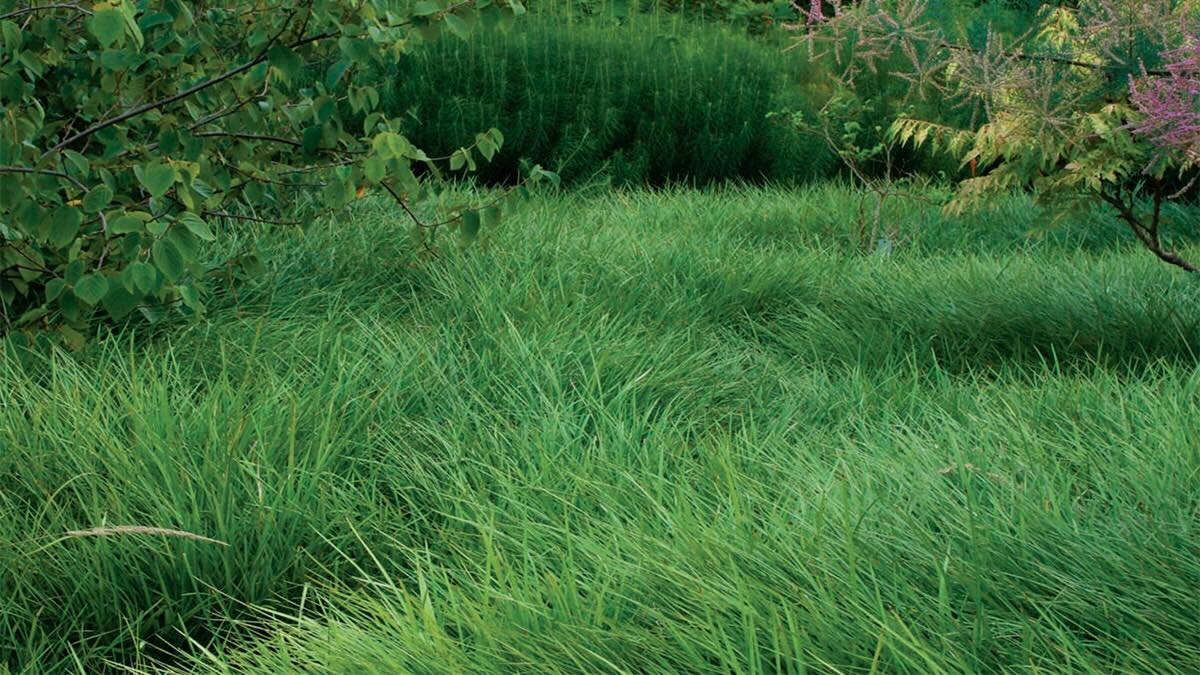

Landscaping Ideas
What Kind Of Grass Has Runners
Modified: February 18, 2024
Discover the best landscaping ideas with grass runners to enhance your outdoor space. Learn about different types of grass and how to incorporate them into your landscaping design. Explore creative options for a lush and vibrant lawn.
(Many of the links in this article redirect to a specific reviewed product. Your purchase of these products through affiliate links helps to generate commission for Storables.com, at no extra cost. Learn more)
Introduction
When it comes to creating a lush, vibrant lawn, choosing the right type of grass is crucial. One of the key factors to consider is whether the grass has runners. Grass runners, also known as stolons, are horizontal stems that grow above the soil and produce new plants at the nodes. This unique characteristic allows the grass to spread and fill in bare patches, creating a dense and uniform turf.
Understanding the role of grass runners in the growth and maintenance of a lawn is essential for homeowners and landscaping enthusiasts. By exploring the different types of grass that possess this trait, as well as the benefits and care requirements associated with these varieties, individuals can make informed decisions to achieve a thriving and resilient lawn.
Grass with runners not only contributes to the overall aesthetics of a lawn but also plays a significant role in its health and resilience. By delving into the world of grass runners, we can uncover the diverse array of options available and gain insights into the best practices for nurturing and maintaining a beautiful, runner-rich lawn.
Key Takeaways:
- Grass with runners, like Bermuda and St. Augustine, spreads to fill in bare spots and withstand foot traffic, making it low-maintenance and visually appealing for vibrant, resilient lawns.
- To care for grass with runners, mow at the right height, water deeply, fertilize, aerate, and monitor for pests. These practices nurture healthy, lush lawns with natural spreading capabilities.
Read more: How To Get Grass Stains Out Of Tennis Shoes
Understanding Grass Runners
Grass runners, also known as stolons, are specialized stems that grow horizontally above the soil surface. These stems have the remarkable ability to produce new plants at their nodes, enabling the grass to spread and establish new growth points. This unique characteristic plays a pivotal role in the growth and maintenance of a healthy lawn.
The presence of runners allows certain grass species to propagate and fill in bare patches, resulting in a dense and uniform turf. This natural spreading ability is particularly advantageous for repairing damaged areas and promoting overall lawn resilience. Additionally, grass runners contribute to the development of a thick, lush lawn that can withstand foot traffic and environmental stressors.
Understanding the anatomy and growth patterns of grass runners is essential for homeowners and landscaping enthusiasts. By recognizing the role of these specialized stems in the propagation and expansion of grass, individuals can make informed decisions when selecting the most suitable grass variety for their specific lawn needs.
Grass runners are a defining feature of several popular turfgrass species, each with its own unique characteristics and growth habits. By gaining a deeper understanding of these specialized stems, individuals can appreciate the diverse range of options available and the benefits they offer in creating and maintaining a vibrant and resilient lawn.
Types of Grass with Runners
-
Bermuda Grass (Cynodon dactylon): Bermuda grass is a warm-season turfgrass known for its aggressive growth and excellent heat tolerance. It spreads rapidly through its extensive network of above-ground runners, allowing it to quickly fill in bare spots and establish a dense, resilient lawn. This grass variety thrives in full sun and is well-suited for high-traffic areas, making it a popular choice for lawns, athletic fields, and golf courses.
-
St. Augustine Grass (Stenotaphrum secundatum): St. Augustine grass is a lush, coarse-textured turfgrass that spreads via above-ground stolons. Its vigorous growth and shade tolerance make it an ideal choice for lawns in warm, coastal regions. This grass variety forms a thick carpet of runners, creating a visually appealing and robust lawn that can withstand varying environmental conditions.
-
Centipede Grass (Eremochloa ophiuroides): Centipede grass is a low-maintenance, slow-growing turfgrass that produces above-ground stolons, enabling it to gradually expand and fill in bare areas. Its minimal mowing and fertilization requirements, coupled with its heat and drought tolerance, make it a popular choice for homeowners seeking a low-maintenance yet attractive lawn.
-
Zoysia Grass (Zoysia spp.): Zoysia grass is a versatile warm-season turfgrass that spreads through both above-ground stolons and below-ground rhizomes. This dual spreading mechanism allows Zoysia to establish a dense, resilient turf with exceptional wear tolerance. Its adaptability to varying soil types and moderate shade makes it a sought-after choice for lawns, golf courses, and commercial landscapes.
-
Kentucky Bluegrass (Poa pratensis): Kentucky bluegrass is a cool-season turfgrass that produces above-ground stolons, facilitating its lateral spread and the formation of a dense, lush lawn. Its fine texture and rich green color make it a popular choice for lawns in temperate regions. This grass variety exhibits excellent cold tolerance and self-repairing capabilities, contributing to its appeal for residential and recreational landscapes.
-
Creeping Red Fescue (Festuca rubra): Creeping red fescue is a cool-season grass that spreads through above-ground stolons, allowing it to form a dense, fine-textured turf. Its shade tolerance and low maintenance requirements make it an attractive option for lawns, parks, and recreational areas in cooler climates.
Each of these grass varieties with runners offers unique characteristics and growth habits, providing homeowners and landscaping professionals with a diverse range of options to create and maintain a resilient and visually appealing lawn. Understanding the specific traits and maintenance requirements of these grasses is essential for selecting the most suitable variety based on individual preferences and environmental conditions.
Benefits of Grass with Runners
Grass varieties that possess runners offer a multitude of benefits that contribute to the overall health, aesthetics, and resilience of a lawn. The presence of runners enables these grasses to propagate and spread, resulting in a range of advantages for homeowners and landscaping enthusiasts.
One of the primary benefits of grass with runners is its exceptional ability to fill in bare patches and establish a dense, uniform turf. This natural spreading mechanism allows the grass to self-repair, effectively minimizing the appearance of thin or damaged areas within the lawn. As a result, homeowners can enjoy a consistently lush and visually appealing lawn without the need for extensive manual intervention.
Additionally, grass with runners exhibits enhanced resilience and durability, making it well-suited for high-traffic areas. The dense network of runners contributes to the development of a robust turf that can withstand foot traffic, play activities, and environmental stressors. This resilience is particularly advantageous for lawns that serve as recreational spaces or gathering areas, as it ensures long-term durability and aesthetic appeal.
Furthermore, the spreading nature of grass runners promotes overall lawn health by facilitating the efficient absorption of water and nutrients. As the runners extend and establish new growth points, they contribute to the development of a well-connected root system, enhancing the grass's ability to access essential resources from the soil. This, in turn, supports the overall vigor and longevity of the lawn, creating an environment conducive to healthy growth and sustainable maintenance.
Moreover, grass varieties with runners often require minimal maintenance due to their natural spreading and self-repairing capabilities. This translates to reduced time and effort spent on manual interventions such as reseeding and patching, allowing homeowners to enjoy a consistently vibrant lawn with minimal upkeep.
In addition to their practical benefits, grasses with runners contribute to the ecological balance of the landscape by preventing soil erosion and promoting biodiversity. The dense, interconnected growth facilitated by runners helps stabilize the soil, reducing the risk of erosion caused by wind and water. Furthermore, the lush turf created by grass runners provides a habitat for beneficial insects and microorganisms, contributing to the overall ecological diversity of the lawn environment.
Overall, the presence of runners in grass varieties offers a host of benefits that cater to both the aesthetic and functional aspects of lawn care. From promoting resilience and durability to supporting ecological balance, grasses with runners are an invaluable asset for creating and maintaining vibrant, healthy, and sustainable lawns.
How to Care for Grass with Runners
Caring for grass with runners involves a combination of proactive maintenance practices and strategic considerations to ensure the optimal growth and resilience of the turf. By implementing targeted care routines, homeowners and landscaping enthusiasts can nurture lush, healthy lawns that capitalize on the natural spreading capabilities of grass runners.
Regular Mowing and Trimming
Maintaining an appropriate mowing height is crucial for promoting the health and vigor of grass with runners. By adhering to the recommended mowing height for the specific grass variety, individuals can encourage lateral growth and the development of a dense, uniform turf. Additionally, periodic trimming of overgrown runners can prevent the grass from encroaching on walkways and garden beds, preserving the aesthetic appeal of the lawn while allowing the runners to continue spreading effectively.
Adequate Watering
Proper irrigation is essential for supporting the growth and propagation of grass with runners. Deep, infrequent watering encourages the development of a robust root system, enabling the grass to access moisture from lower soil layers and promoting the expansion of runners. By adhering to watering schedules that align with the specific needs of the grass variety and environmental conditions, homeowners can ensure consistent hydration without promoting excessive thatch accumulation.
Fertilization and Soil Management
Applying appropriate fertilizers and soil amendments is vital for sustaining the health and vigor of grass with runners. Balanced fertilization programs tailored to the specific nutrient requirements of the grass variety can promote robust growth and the development of new runners. Additionally, periodic soil testing and pH management contribute to creating an optimal growing environment for the grass, supporting its natural spreading tendencies and overall resilience.
Aeration and Dethatching
Periodic aeration and dethatching procedures are essential for preventing compaction and promoting the efficient spread of runners. By aerating the soil to alleviate compaction and remove thatch buildup, homeowners can create an environment conducive to the expansion of runners and the establishment of new growth points. These practices facilitate the circulation of air, water, and nutrients within the soil, supporting the overall health and vitality of the grass with runners.
Monitoring and Maintenance
Regular monitoring of the lawn for signs of disease, pest infestations, and environmental stressors is crucial for proactive maintenance. Prompt identification and targeted intervention can prevent issues from impeding the natural spreading and growth of grass runners, preserving the integrity and aesthetics of the lawn. Additionally, addressing bare patches and thin areas through overseeding and targeted care measures can encourage the rapid establishment of new runners, contributing to a lush and resilient turf.
By integrating these care practices into their lawn maintenance routines, homeowners can optimize the growth and resilience of grass with runners, fostering vibrant, healthy lawns that capitalize on the natural spreading capabilities of these specialized grass varieties.
Conclusion
In conclusion, the presence of grass runners, also known as stolons, significantly influences the growth, resilience, and overall health of a lawn. The diverse array of grass varieties with runners, including Bermuda grass, St. Augustine grass, Centipede grass, Zoysia grass, Kentucky bluegrass, and Creeping Red Fescue, offers homeowners and landscaping enthusiasts a wide range of options to create and maintain vibrant, lush lawns.
Grass with runners provides numerous benefits, including the ability to fill in bare patches, establish a dense and uniform turf, and withstand environmental stressors and foot traffic. The natural spreading and self-repairing capabilities of these grass varieties contribute to reduced maintenance requirements, promoting sustainable and low-effort lawn care. Additionally, the ecological advantages, such as preventing soil erosion and supporting biodiversity, further underscore the value of grass with runners in creating healthy and resilient landscapes.
Caring for grass with runners involves a strategic approach encompassing regular mowing, appropriate watering, targeted fertilization, aeration, and proactive monitoring. By implementing these care practices, homeowners can nurture vibrant, healthy lawns that capitalize on the natural spreading capabilities of grass runners, ensuring long-term sustainability and visual appeal.
In essence, the presence of grass runners is a defining feature that enhances the aesthetic, functional, and ecological aspects of lawn care. By understanding the unique characteristics and maintenance requirements of grass varieties with runners, individuals can make informed decisions to create and sustain thriving, resilient, and visually appealing lawns that serve as inviting outdoor spaces for leisure and recreation.
Frequently Asked Questions about What Kind Of Grass Has Runners
Was this page helpful?
At Storables.com, we guarantee accurate and reliable information. Our content, validated by Expert Board Contributors, is crafted following stringent Editorial Policies. We're committed to providing you with well-researched, expert-backed insights for all your informational needs.
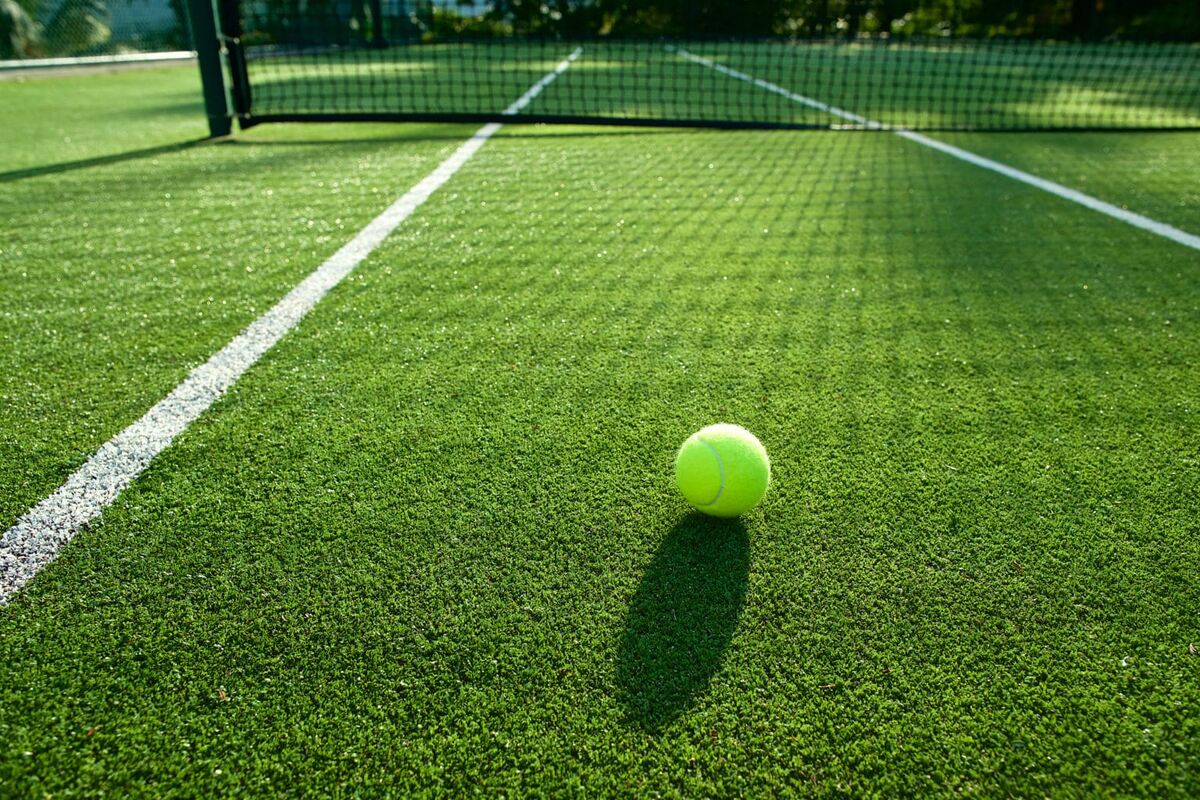
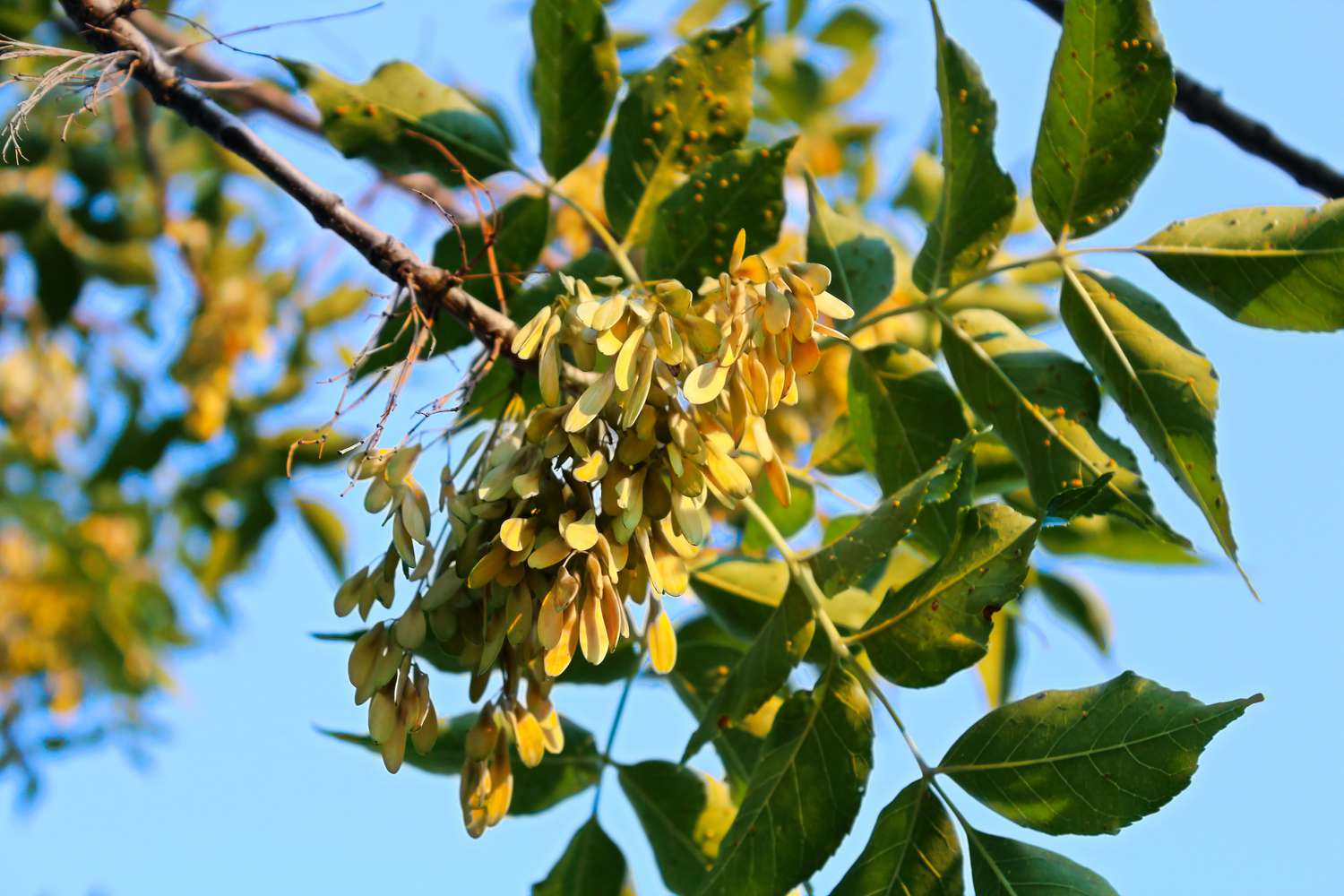
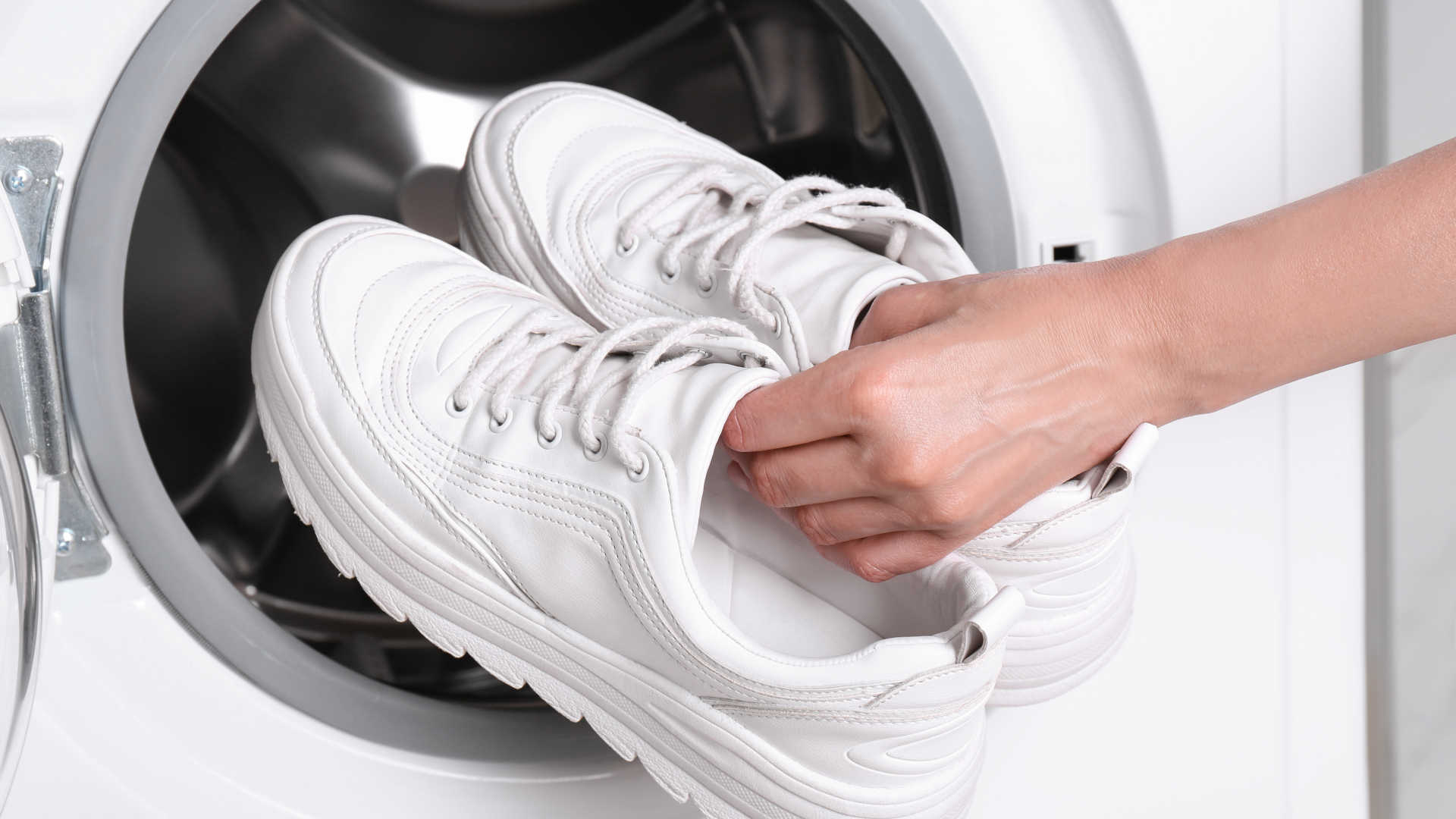
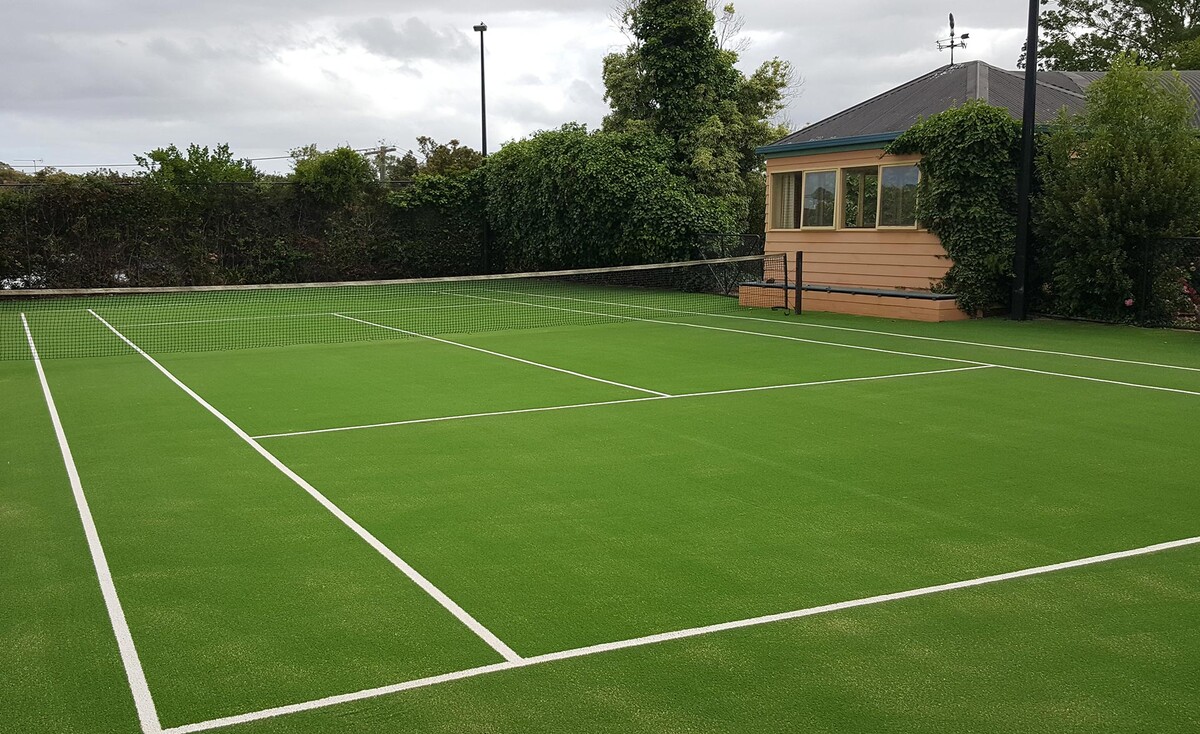
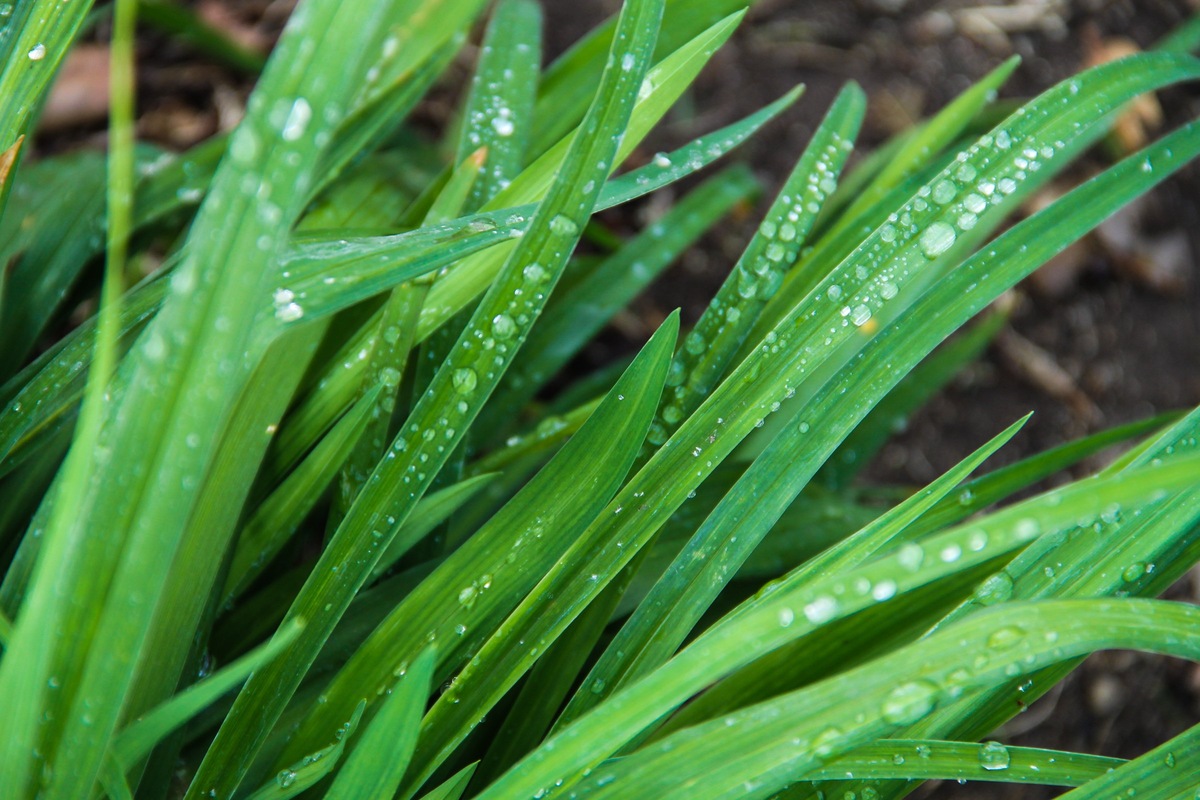

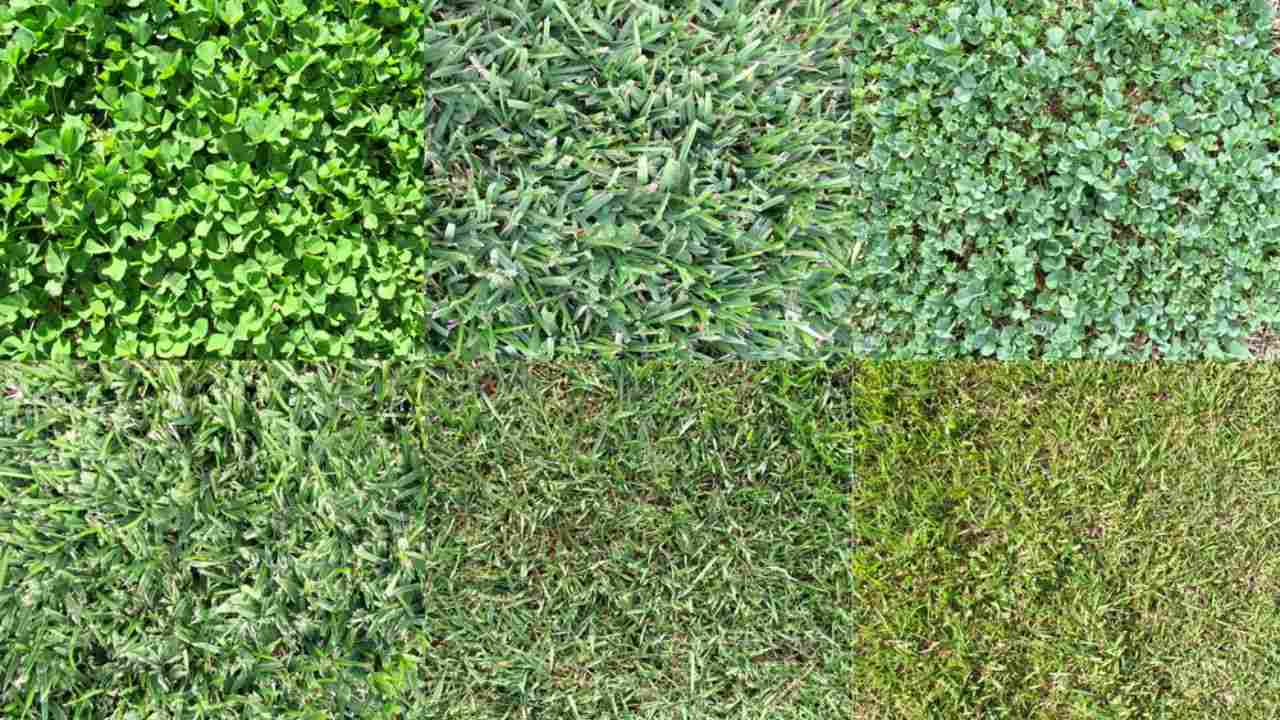
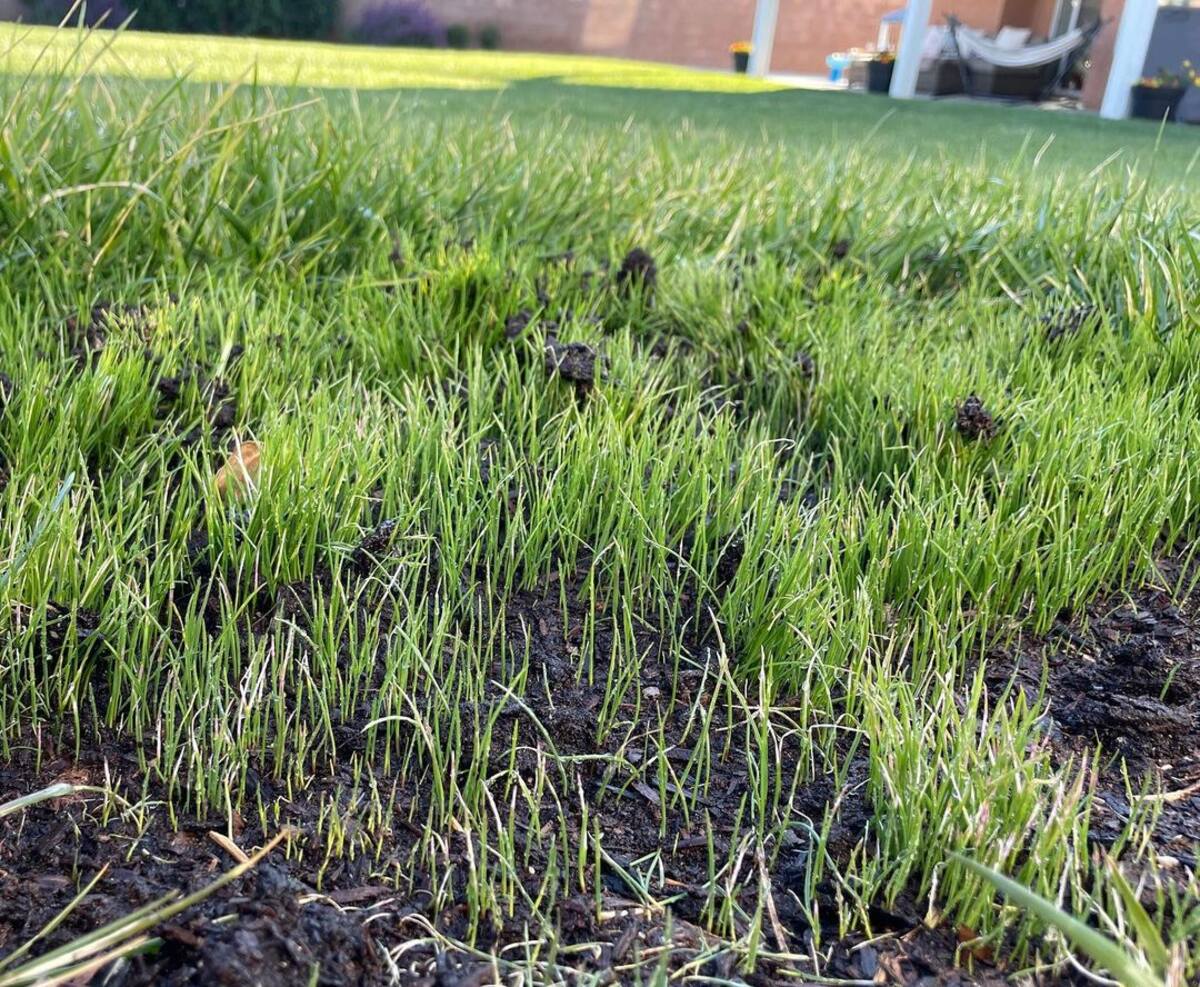
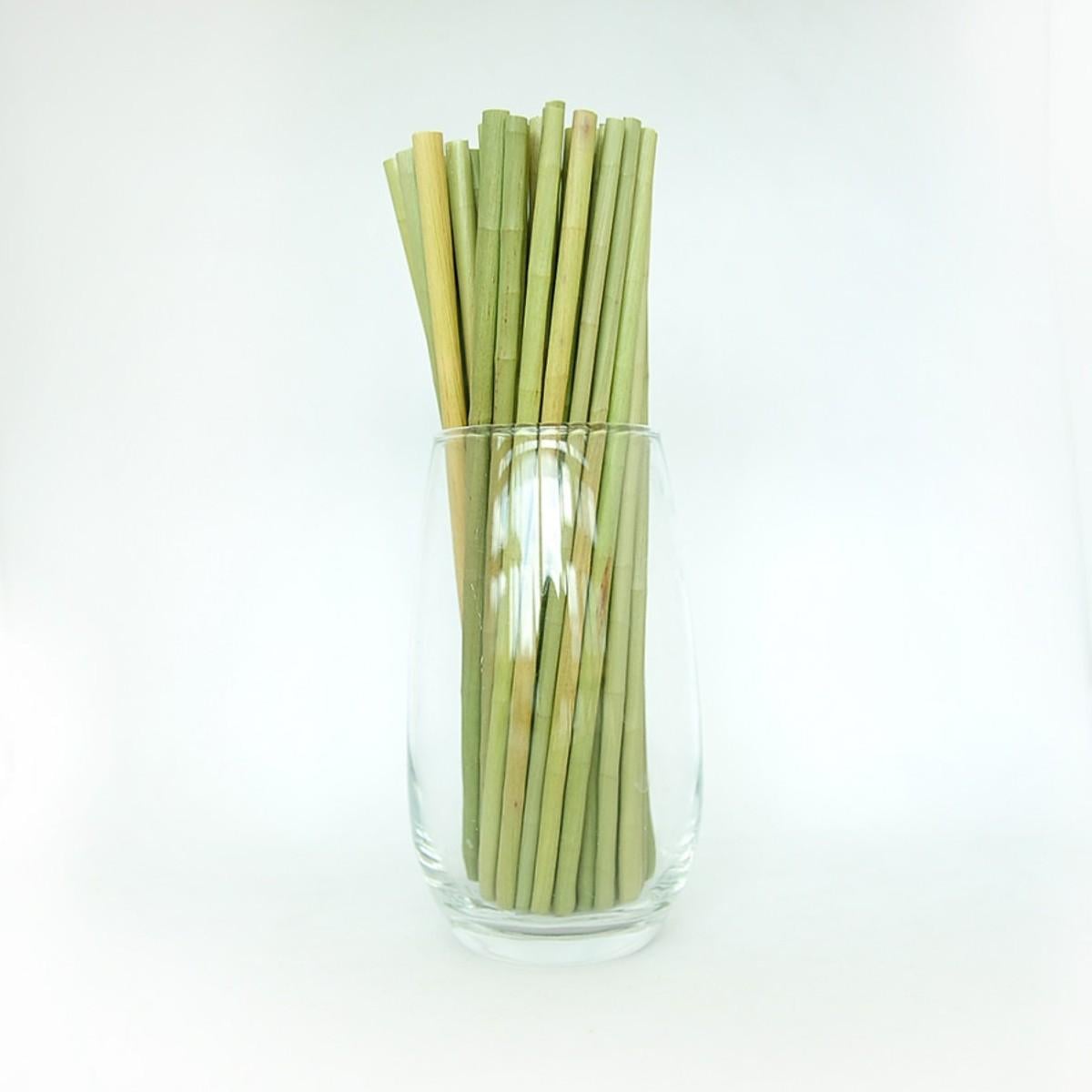
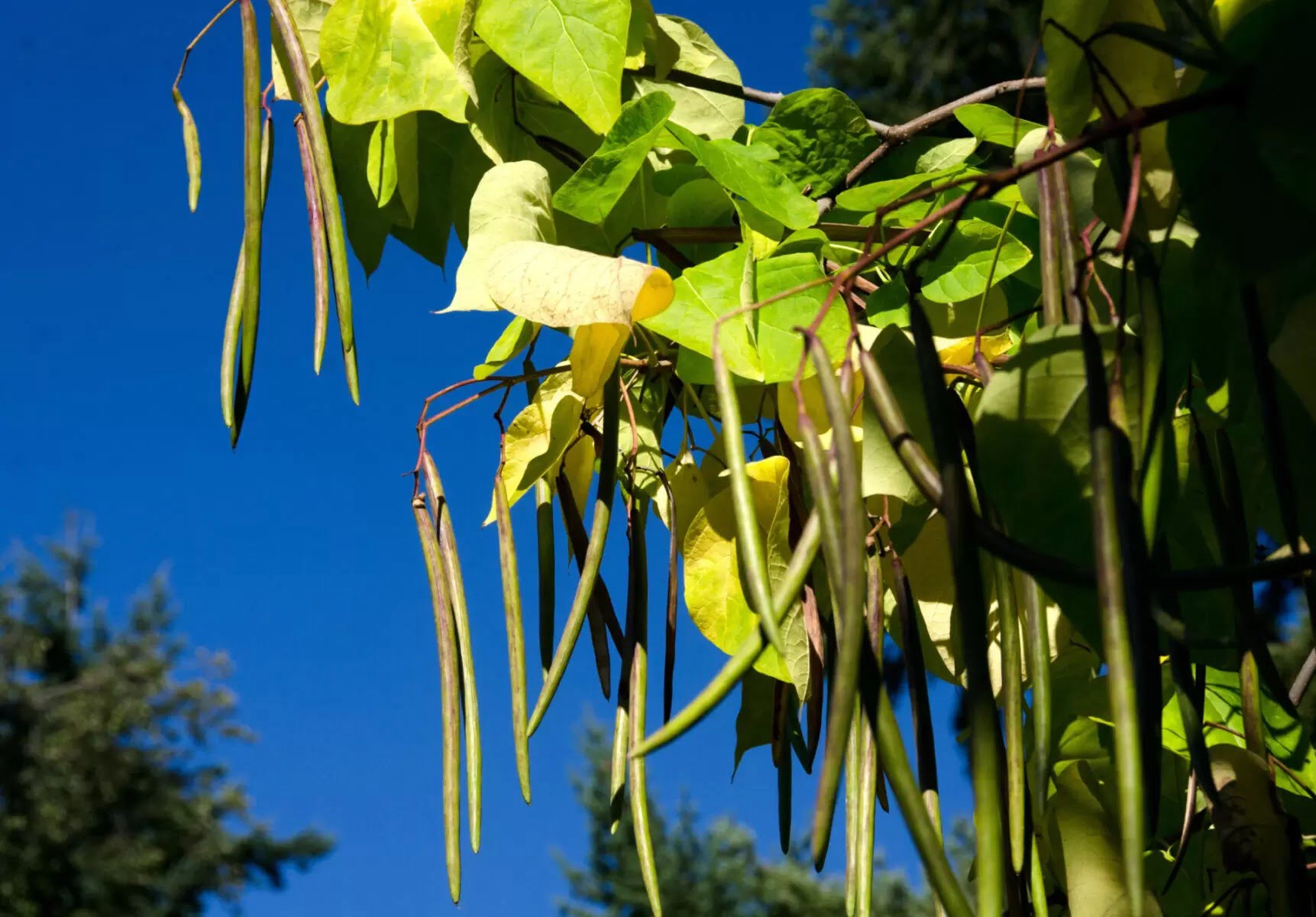
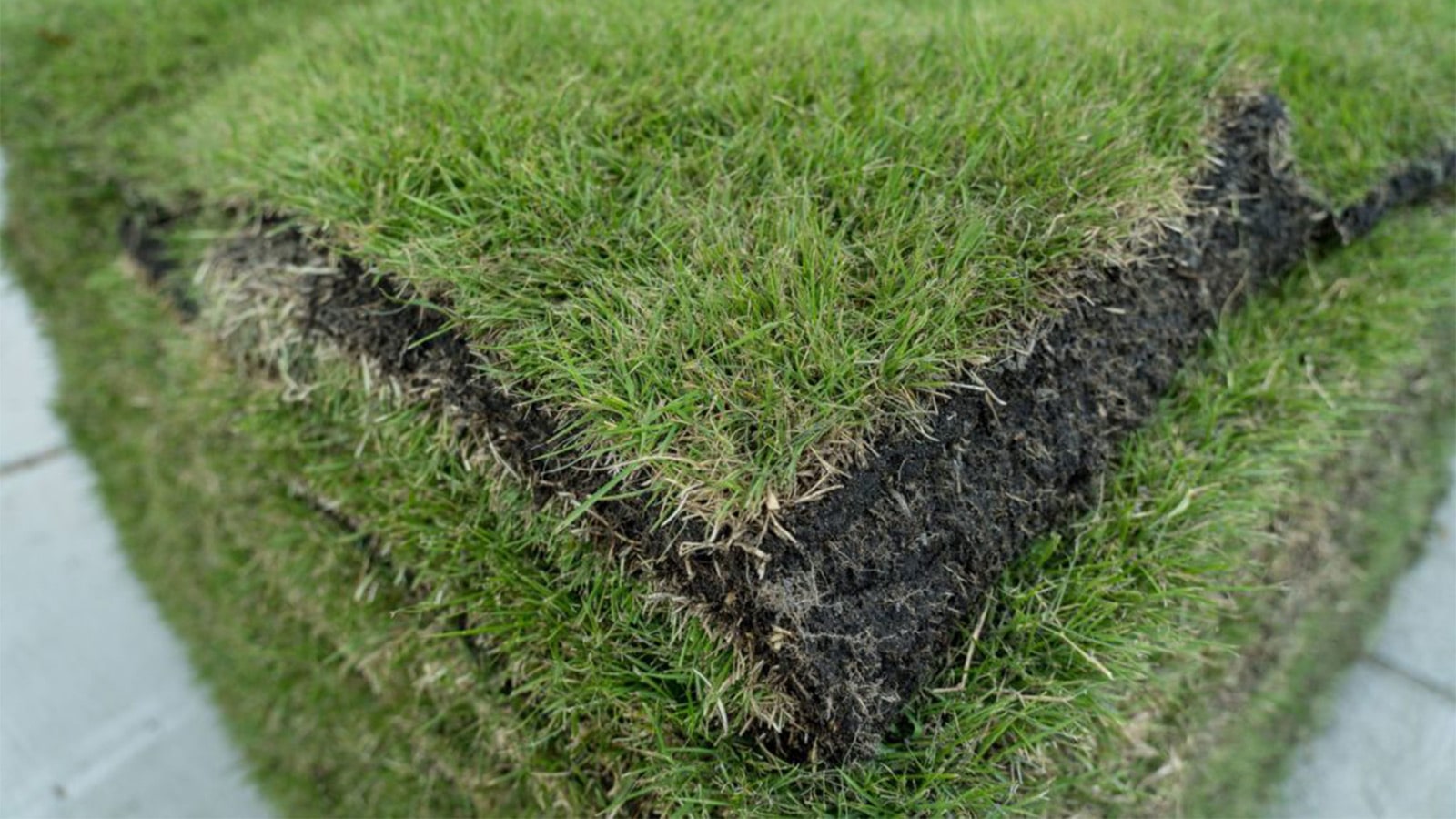
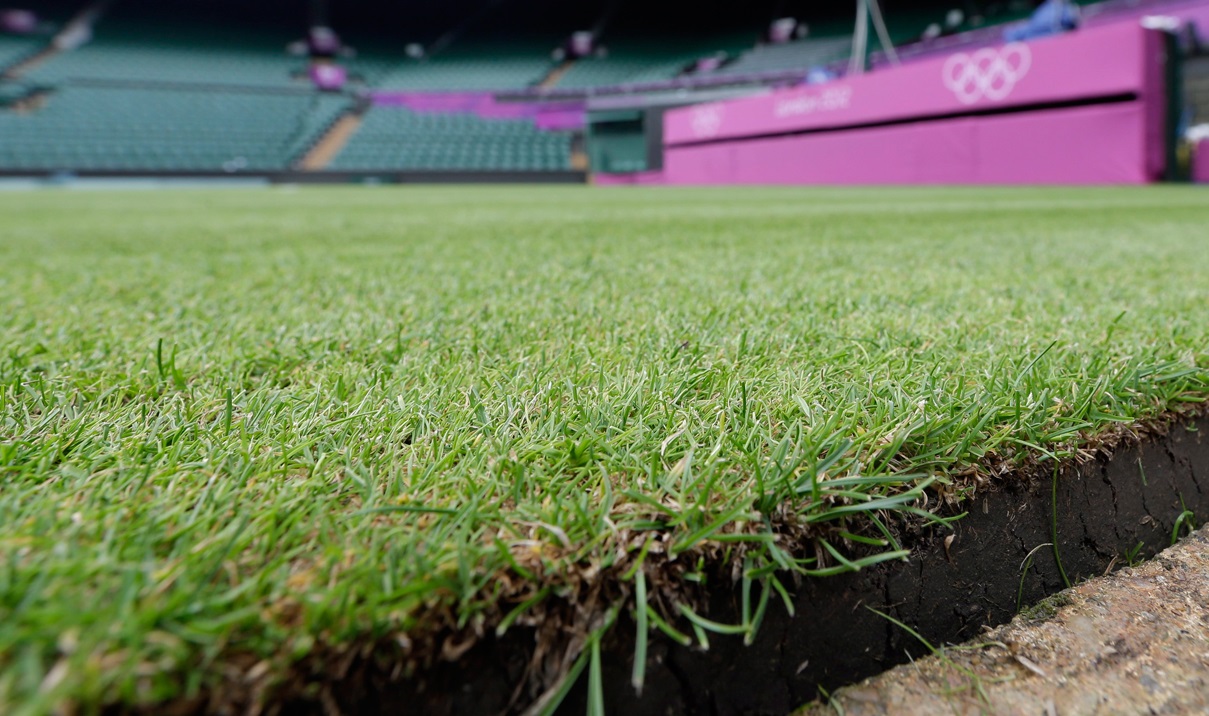
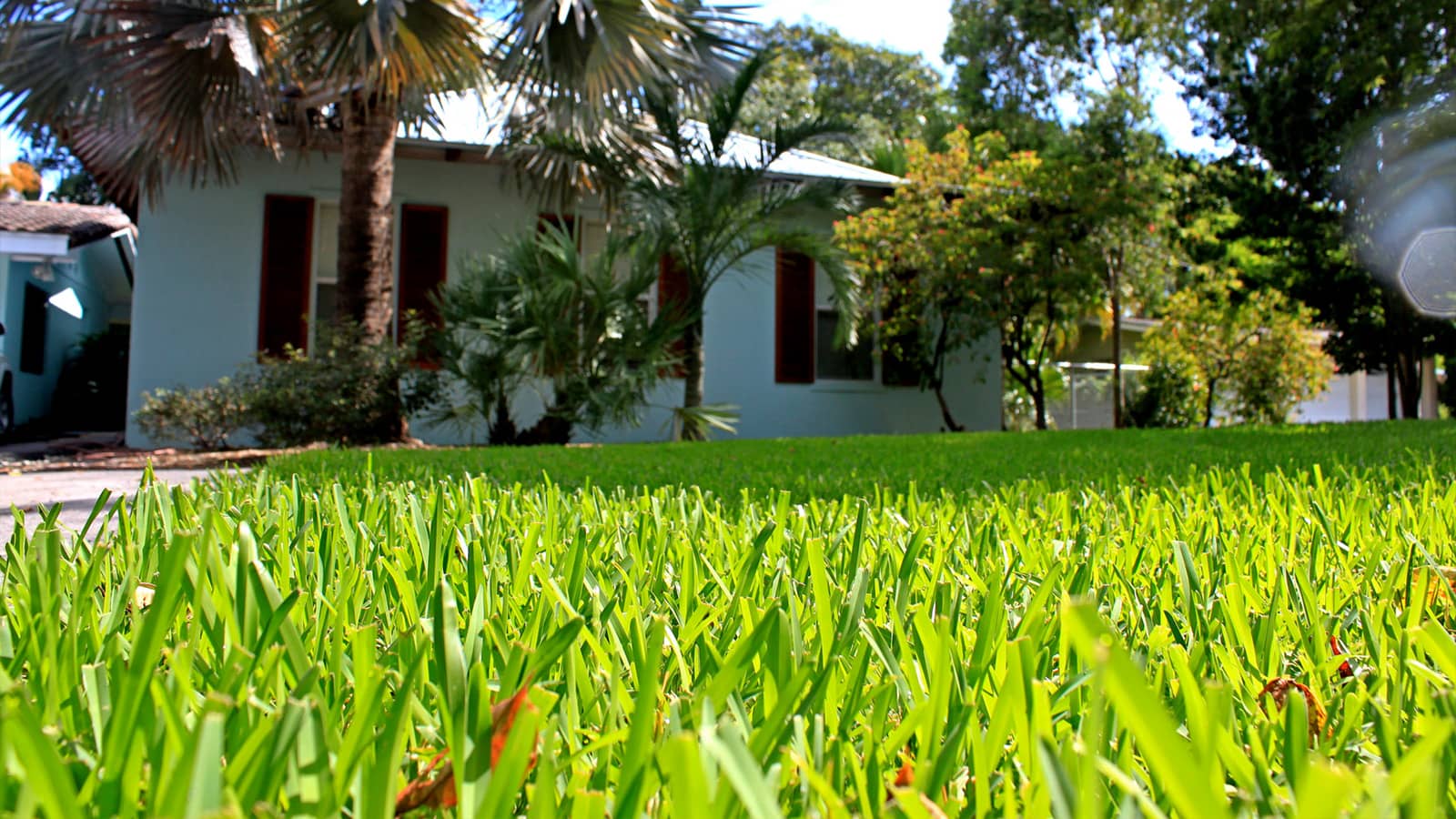

0 thoughts on “What Kind Of Grass Has Runners”